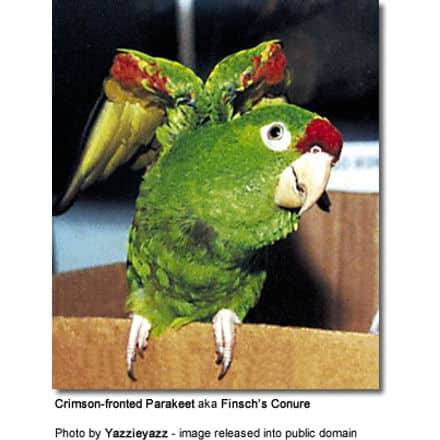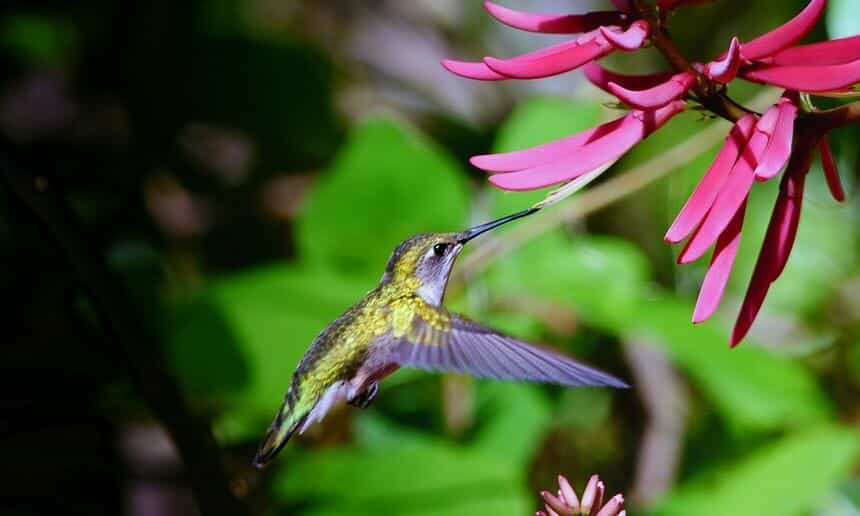Great Spotted Cuckoo
The Great Spotted Cuckoo, Clamator glandarius, is a member of the cuckoo order of birds, the Cuculiformes.
It is a widespread summer migrant to southeast and southwest Europe and western Asia, and winters in Africa. It is a brood parasite, which lays its eggs in the nests of corvids (especially magpies), and starlings.
This species is slightly larger than the Common Cuckoo at 35-39 cm in length but looks much larger with its broad wings and long narrow tail.
Unlike the Common Cuckoo, neither the hen nor the hatched chick of this species evicts the host’s eggs, but the young magpies often die because they cannot compete successfully with the cuckoo for food.
The adult is grey above with a slender body, long tail, and strong legs. It has a grey cap, grey wings, a yellowish face and upper breast, and white underparts. Males and females look alike. The juveniles have blackish upperparts and caps, and chestnut primary wing feathers. This species has a magpie-like flight.
It is a bird of warm open country with trees. Its food is insects, with hairy caterpillars, which are distasteful to many birds, being a specialty.
The Great Spotted Cuckoo call is a loud cher-cher-kri-kri and variations.




